Respiratory diseases are among the leading causes of illness and death worldwide. These diseases affect the lungs and airways, making it difficult for the body to breathe properly. Understanding the common types of respiratory diseases, their symptoms, and how to prevent them can go a long way in maintaining good lung health.
Common Respiratory Diseases
- Asthma
Asthma is a chronic condition that causes inflammation and narrowing of the airways, leading to breathing difficulties. Common triggers include allergens, cold air, exercise, and smoke. Symptoms include wheezing, shortness of breath, chest tightness, and coughing. - Chronic Obstructive Pulmonary Disease (COPD)
COPD is a progressive lung disease, usually caused by long-term exposure to irritants such as tobacco smoke. It includes conditions like chronic bronchitis and emphysema. Symptoms include persistent cough, shortness of breath, and difficulty breathing during physical activity. - Pneumonia
Pneumonia is an infection that causes inflammation in the air sacs of the lungs, which can fill with fluid or pus. It can be caused by viruses, bacteria, or fungi. Symptoms include cough, fever, chills, chest pain, and difficulty breathing. - Tuberculosis (TB)
Tuberculosis is a contagious bacterial infection that primarily affects the lungs. It spreads through the air when an infected person coughs or sneezes. Common symptoms include a persistent cough, chest pain, night sweats, weight loss, and fatigue. - Bronchitis
Bronchitis occurs when the lining of the bronchial tubes becomes inflamed, causing a persistent cough and difficulty breathing. Acute bronchitis is usually caused by viral infections, while chronic bronchitis is a long-term condition often caused by smoking.
Prevention of Respiratory Diseases
- Avoid Smoking
Smoking is one of the leading causes of respiratory diseases, especially COPD and lung cancer. Quitting smoking and avoiding exposure to secondhand smoke can significantly reduce the risk of developing these conditions. - Practice Good Hygiene
To prevent respiratory infections such as pneumonia and tuberculosis, wash your hands regularly and avoid close contact with individuals who are sick. Cover your mouth and nose when coughing or sneezing. - Vaccination
Vaccines can help protect against certain respiratory infections like the flu and pneumonia. Ensure you are up-to-date on vaccinations, especially if you are at higher risk (elderly, young children, or people with chronic conditions). - Limit Exposure to Pollutants
Air pollution, dust, and other environmental pollutants can worsen respiratory diseases. Avoid exposure to air pollution, wear masks when needed, and ensure your living environment has good ventilation. - Exercise and Maintain a Healthy Lifestyle
Regular exercise helps to strengthen the lungs and improve overall respiratory function. A healthy diet rich in vitamins, minerals, and antioxidants supports lung health and boosts the immune system. - Seek Early Medical Attention
If you notice any symptoms of respiratory illness, such as persistent cough, shortness of breath, or chest pain, seek medical help early. Early diagnosis and treatment can help prevent complications and improve outcomes.
Conclusion
Respiratory diseases can significantly impact your quality of life, but with proper prevention, you can reduce your risk and keep your lungs healthy. If you have any symptoms or concerns, make sure to consult your doctor for appropriate care.
Relax and Recharge with Flutter Bees Game
Looking for a fun and relaxing way to take a break? Try Flutter Bees, a calming clicker game that lets you unwind while playing! Tap, earn points, and complete tasks to destress. It’s a great way to recharge after learning about lung health. Try it now here: Flutter Bees


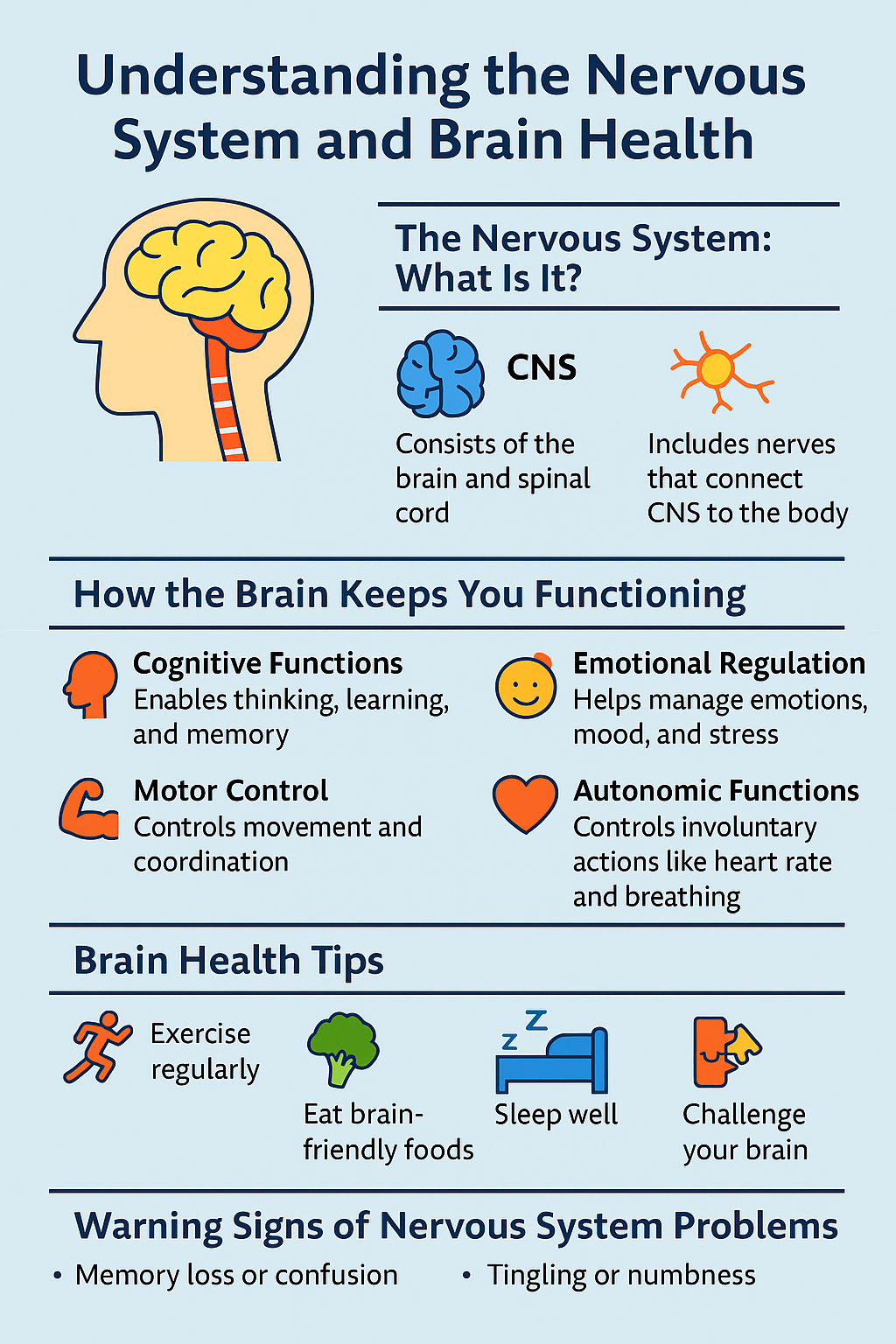
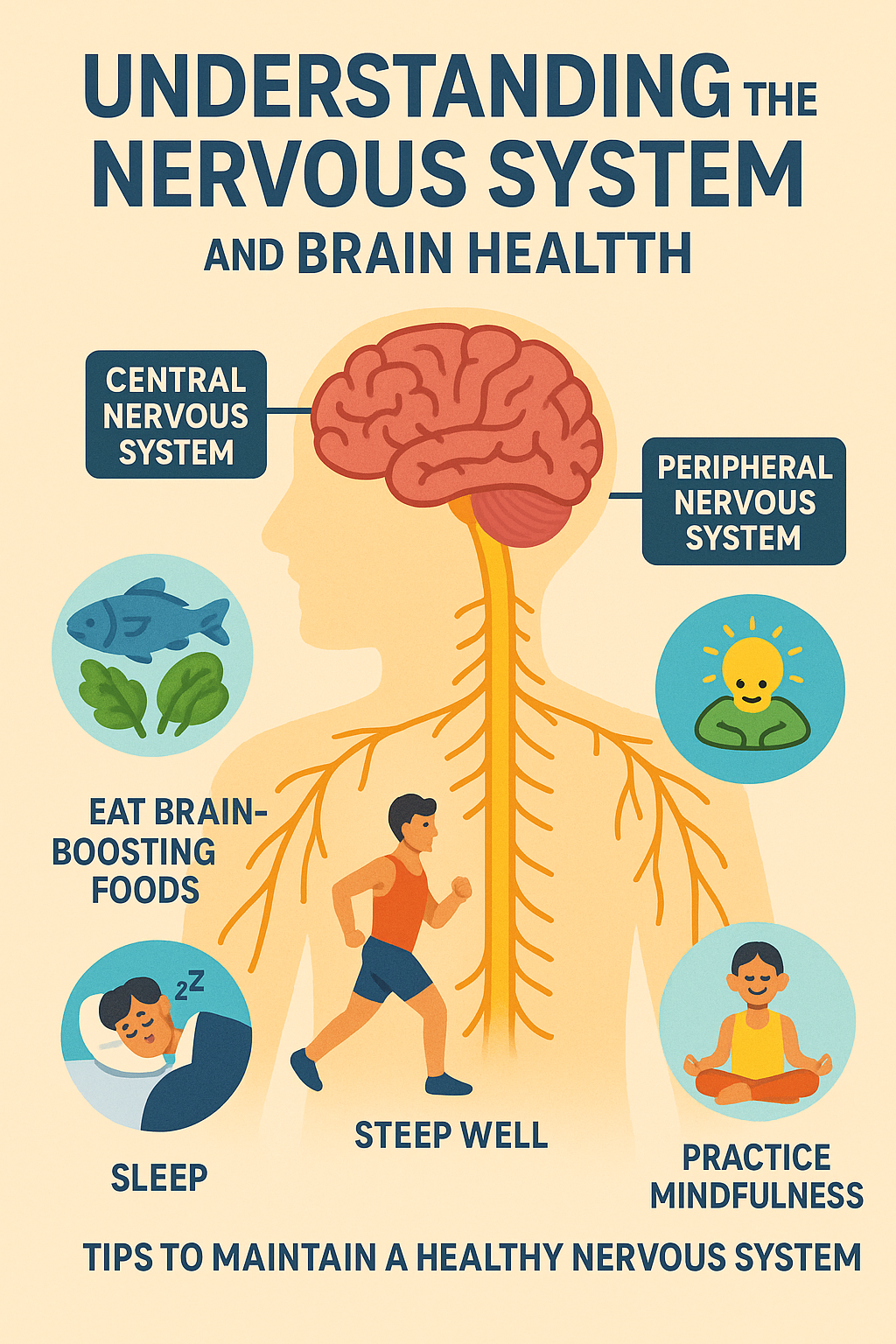
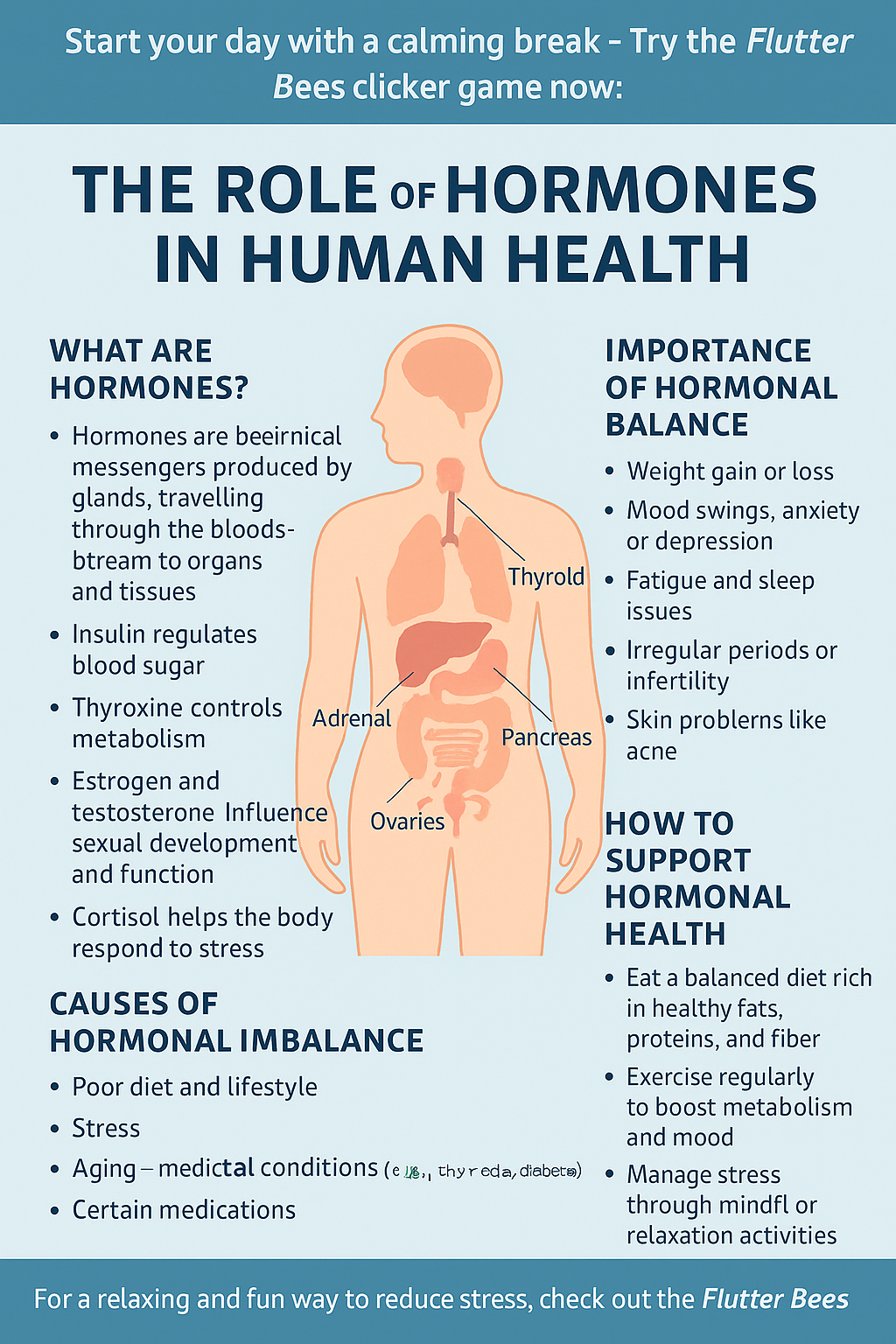
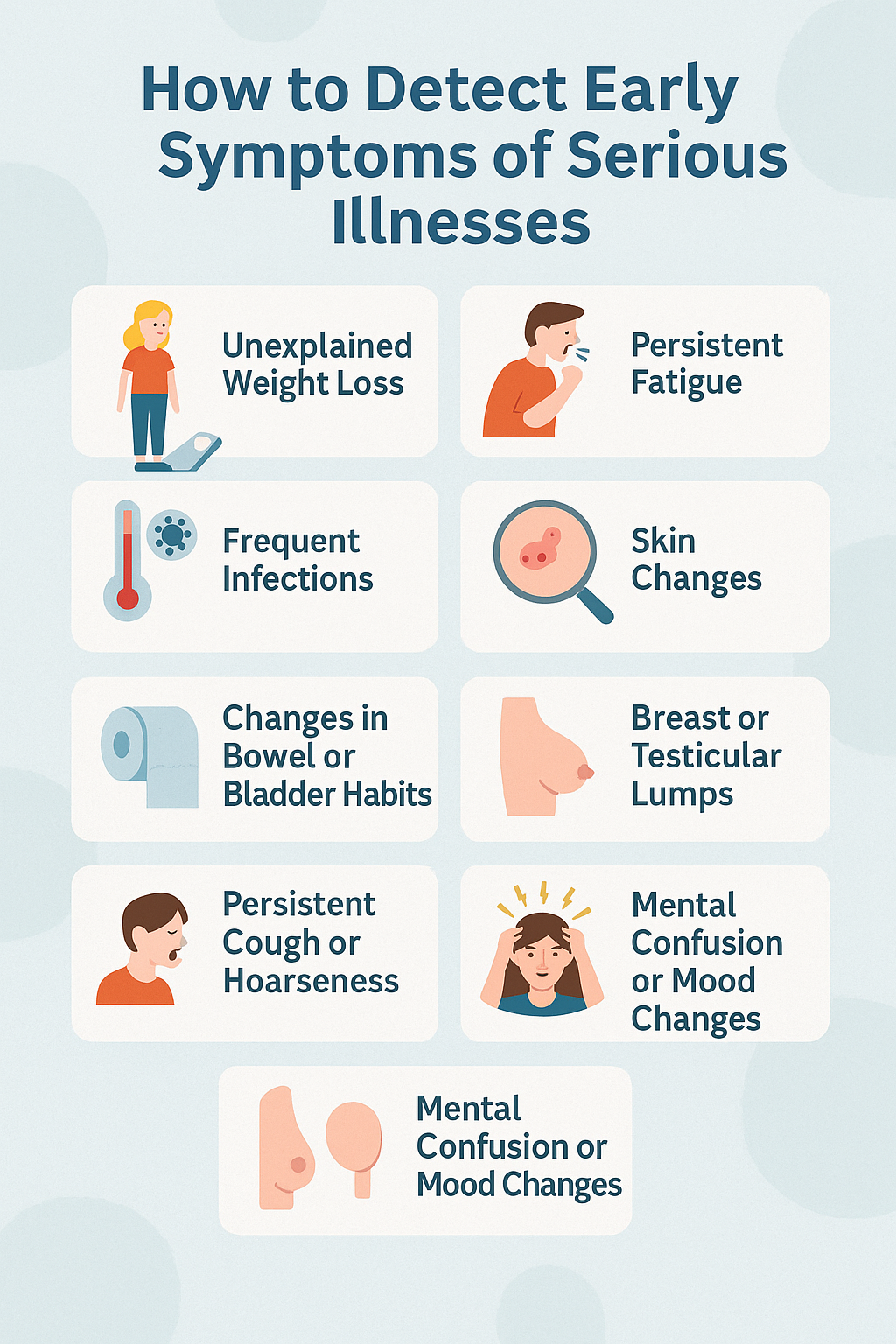
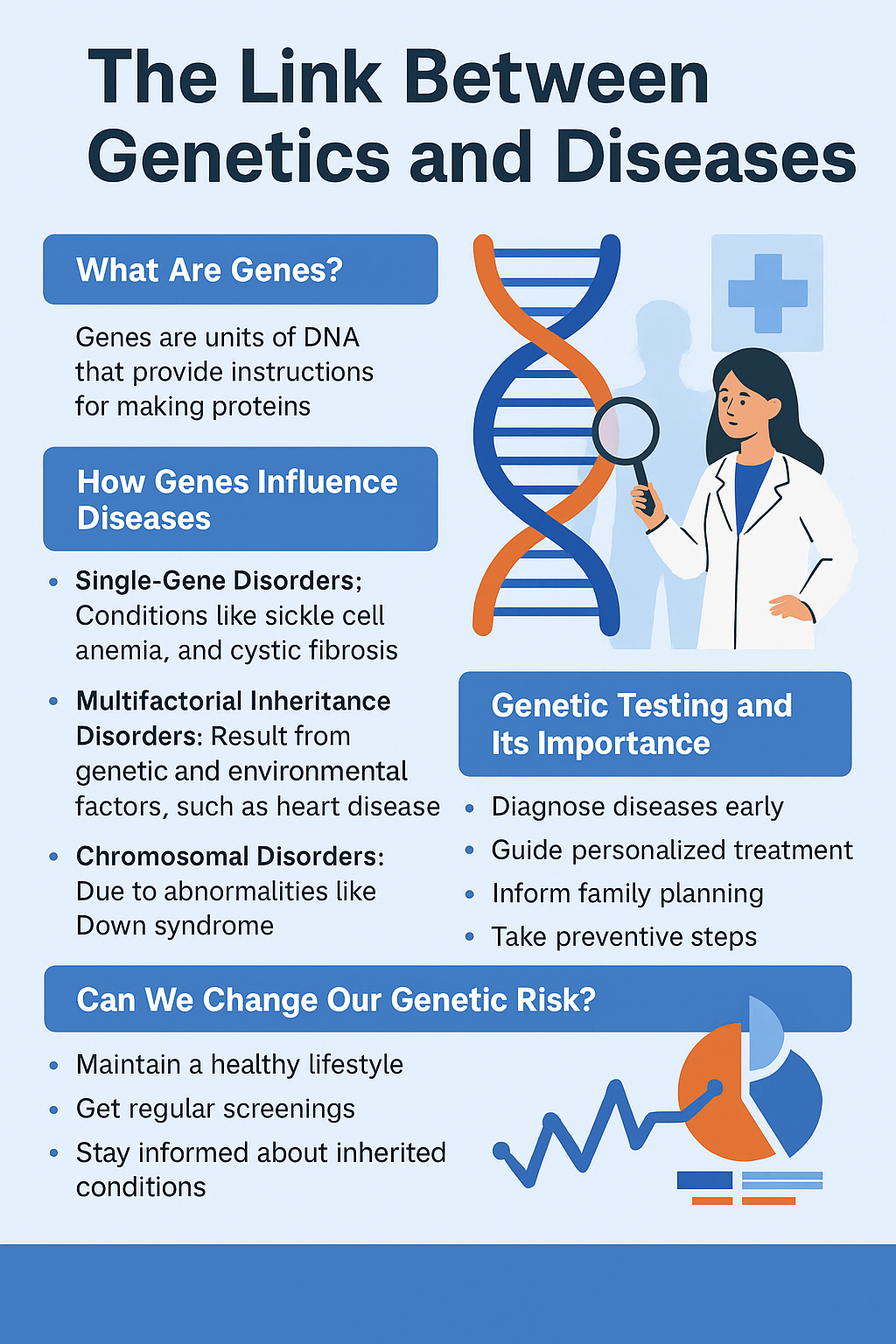
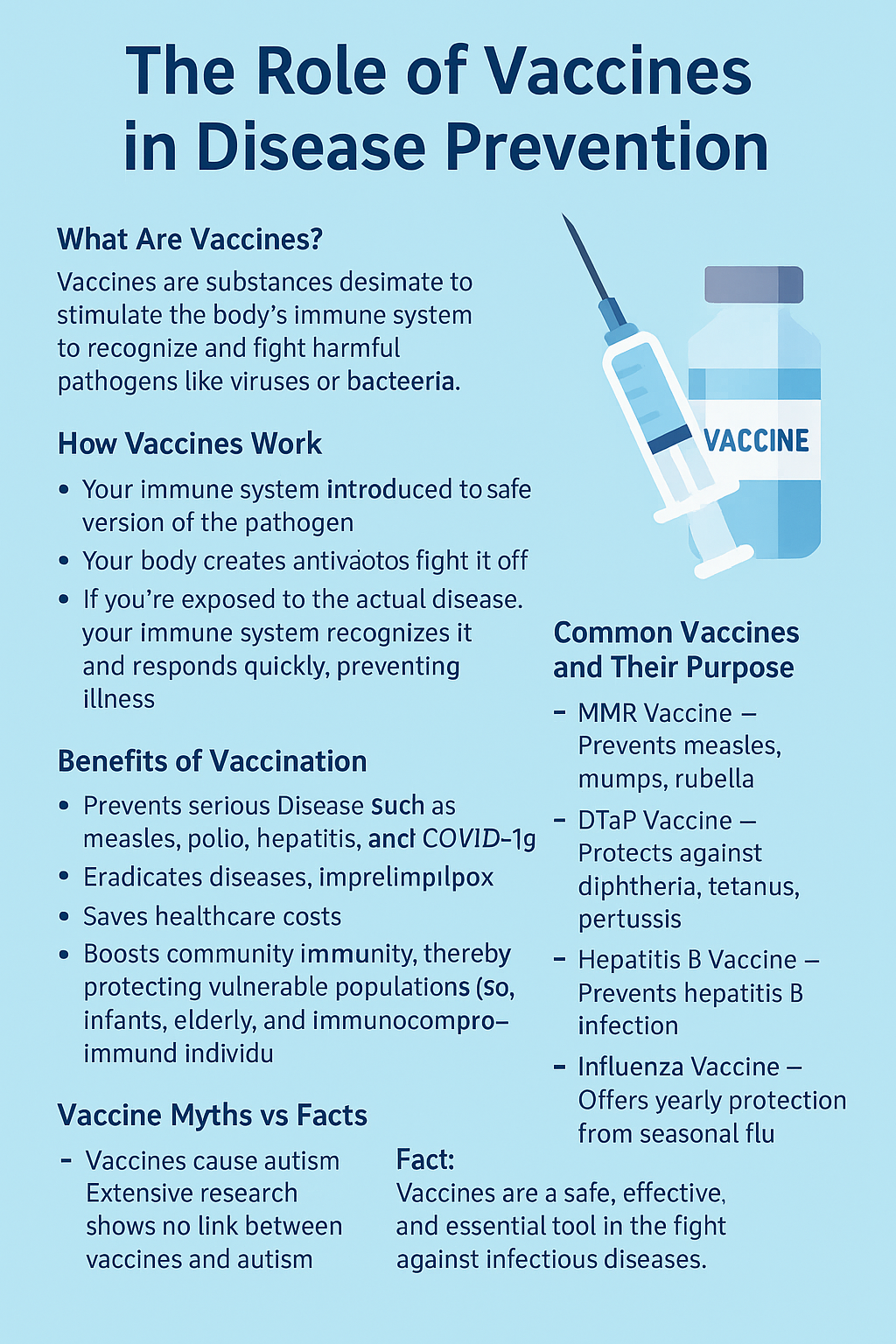
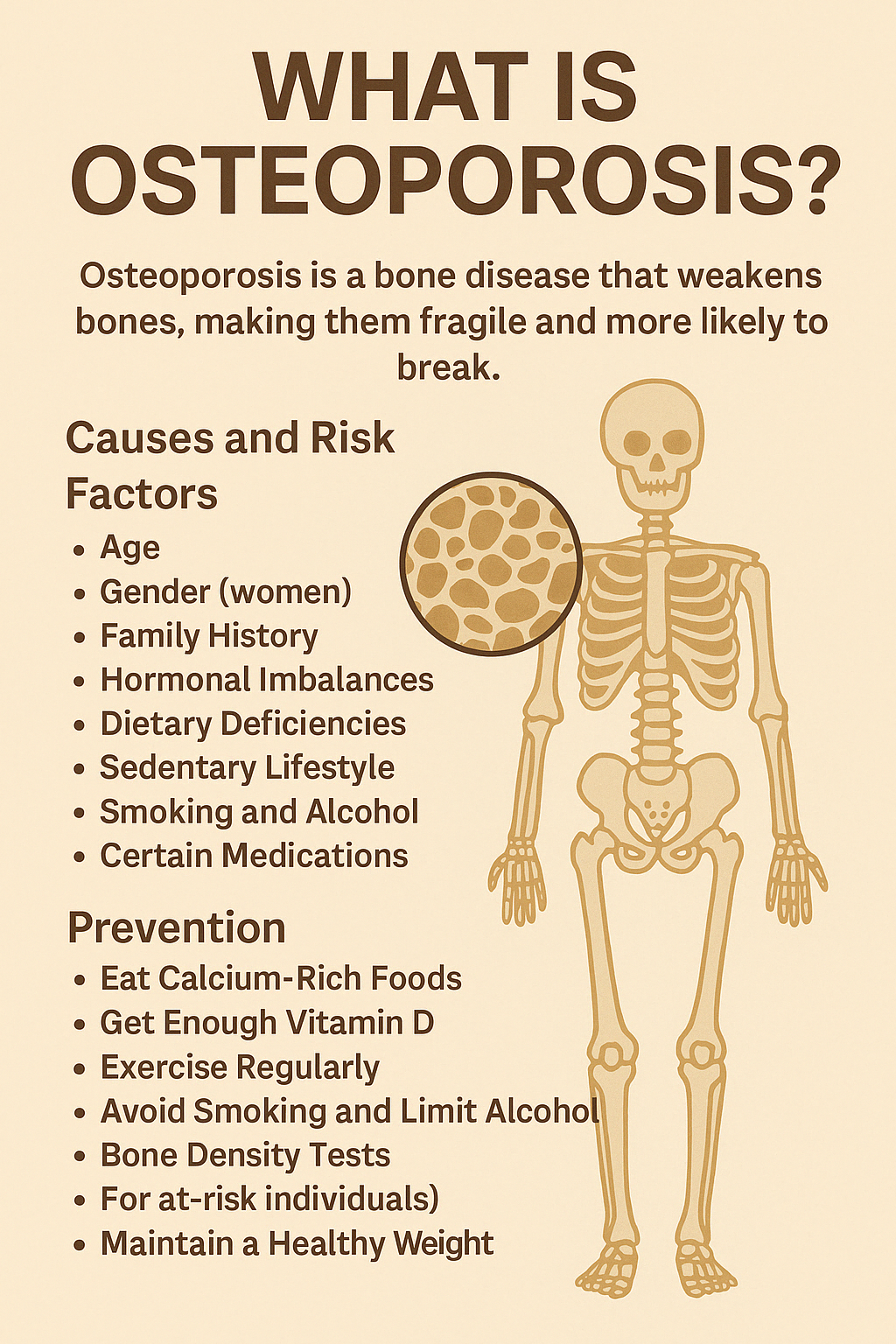
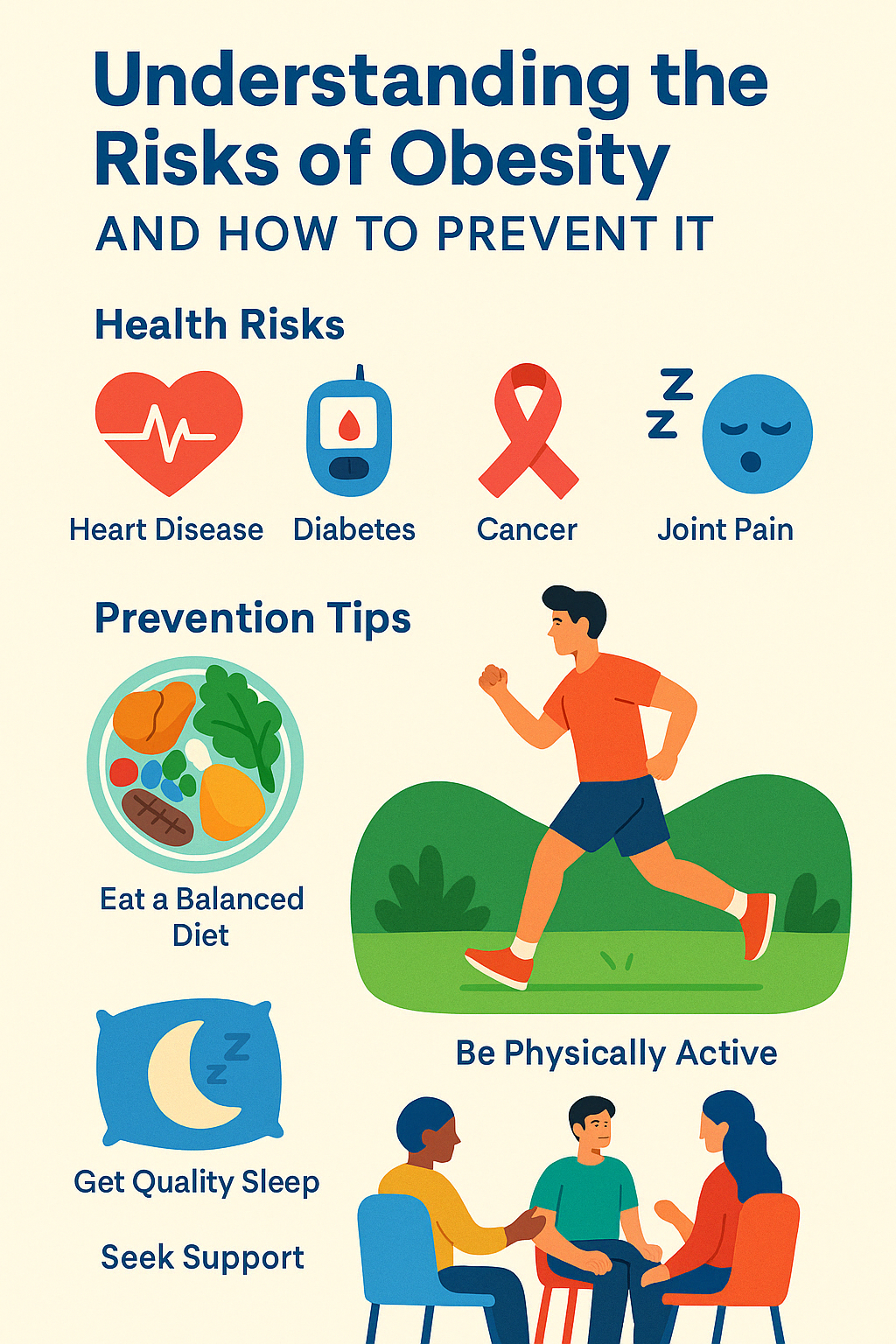
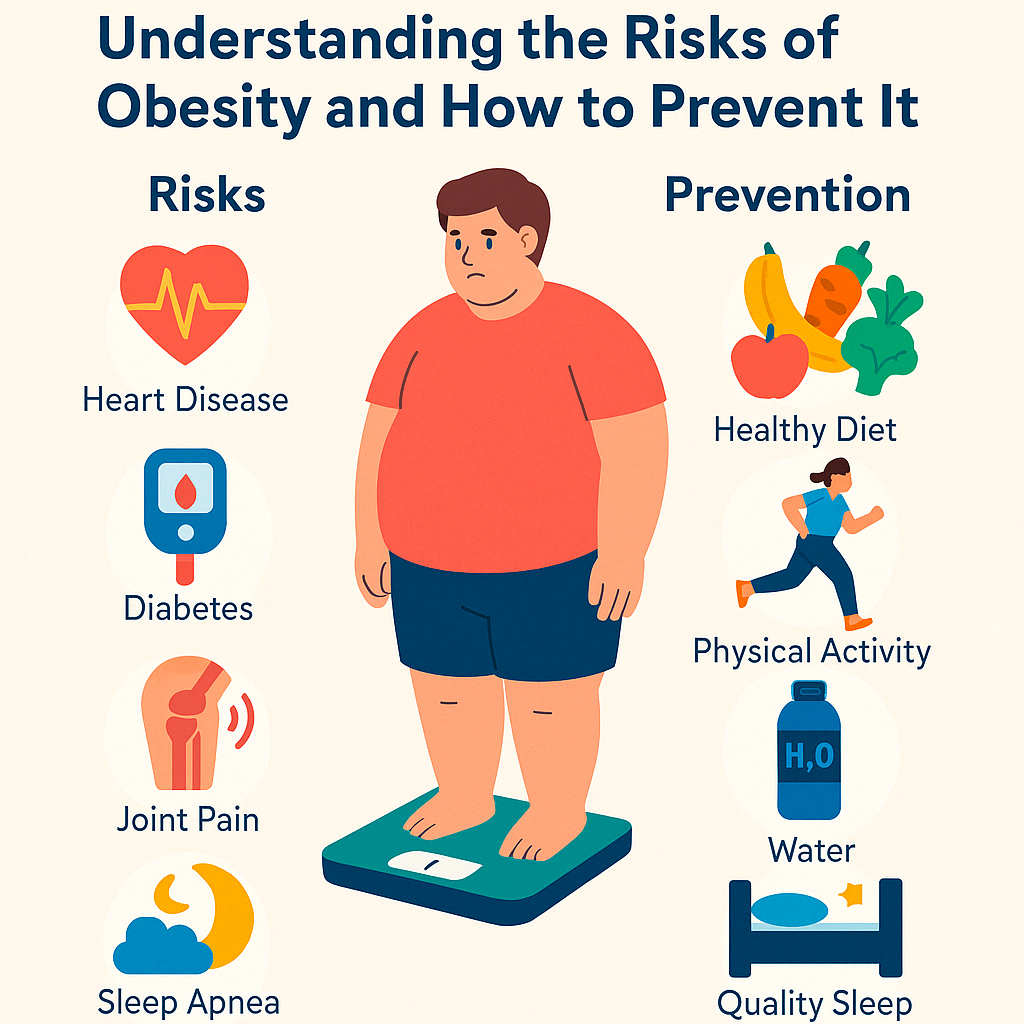
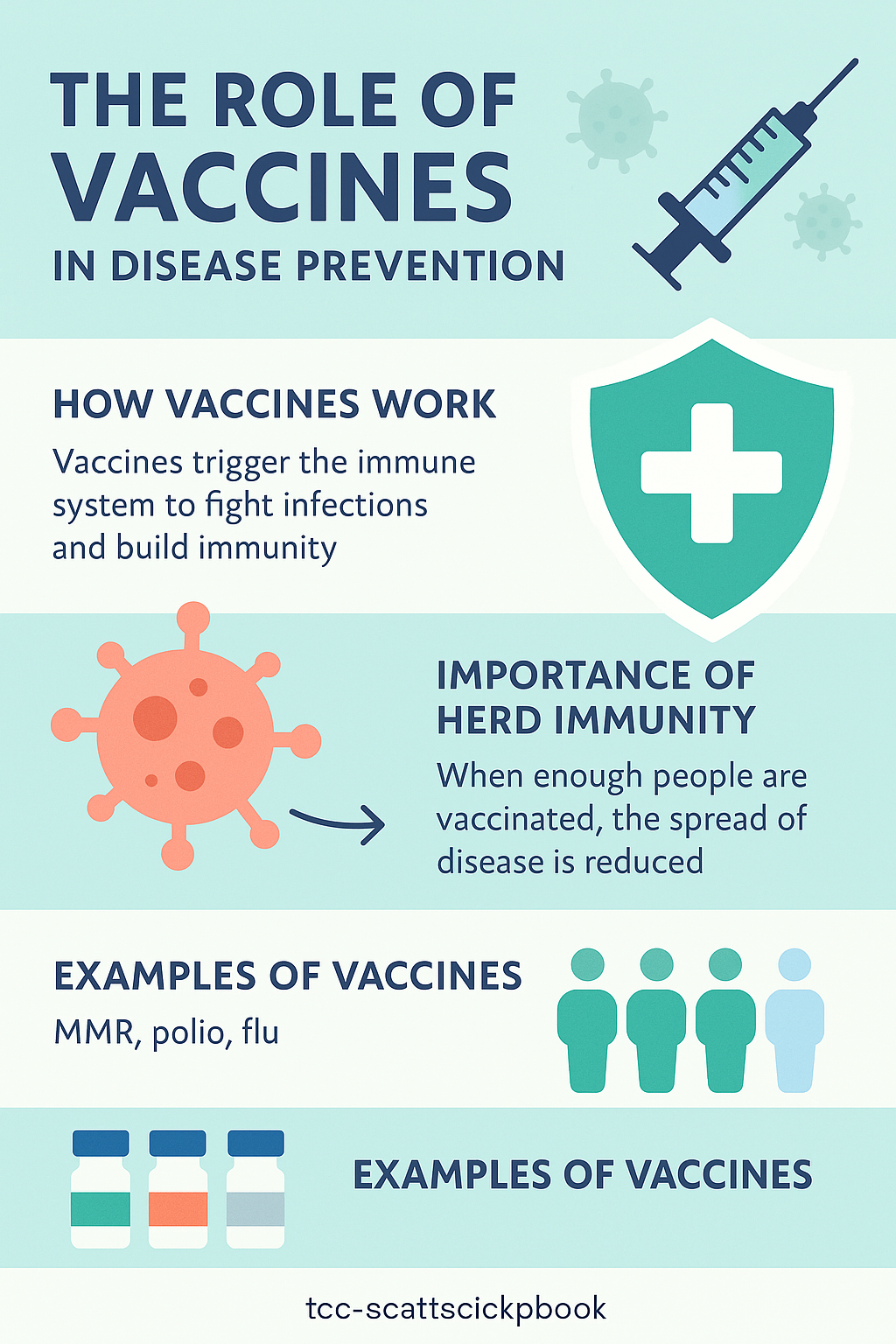
Leave a Reply